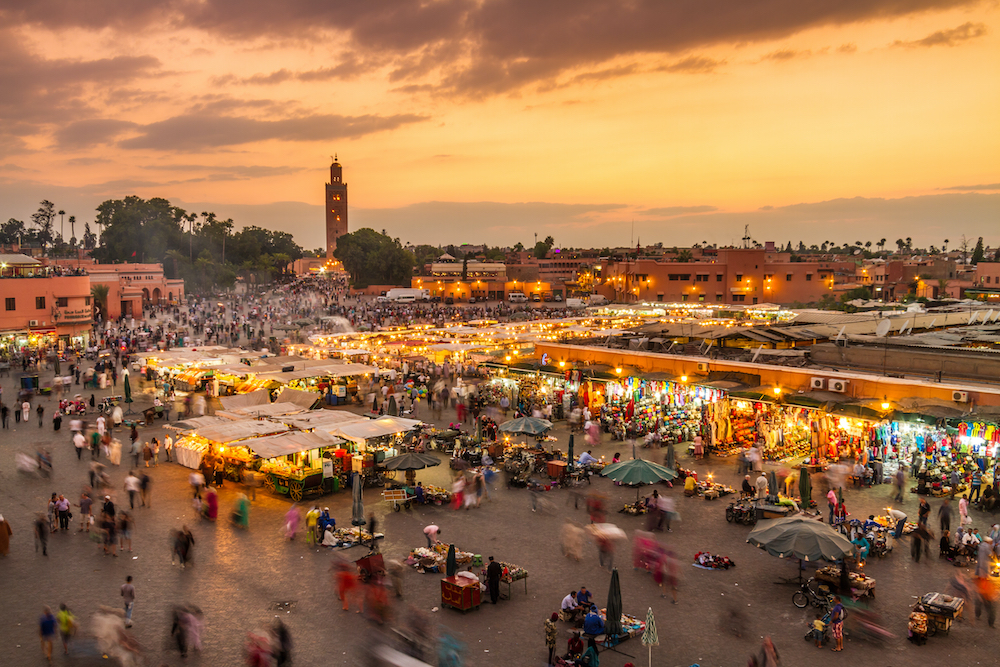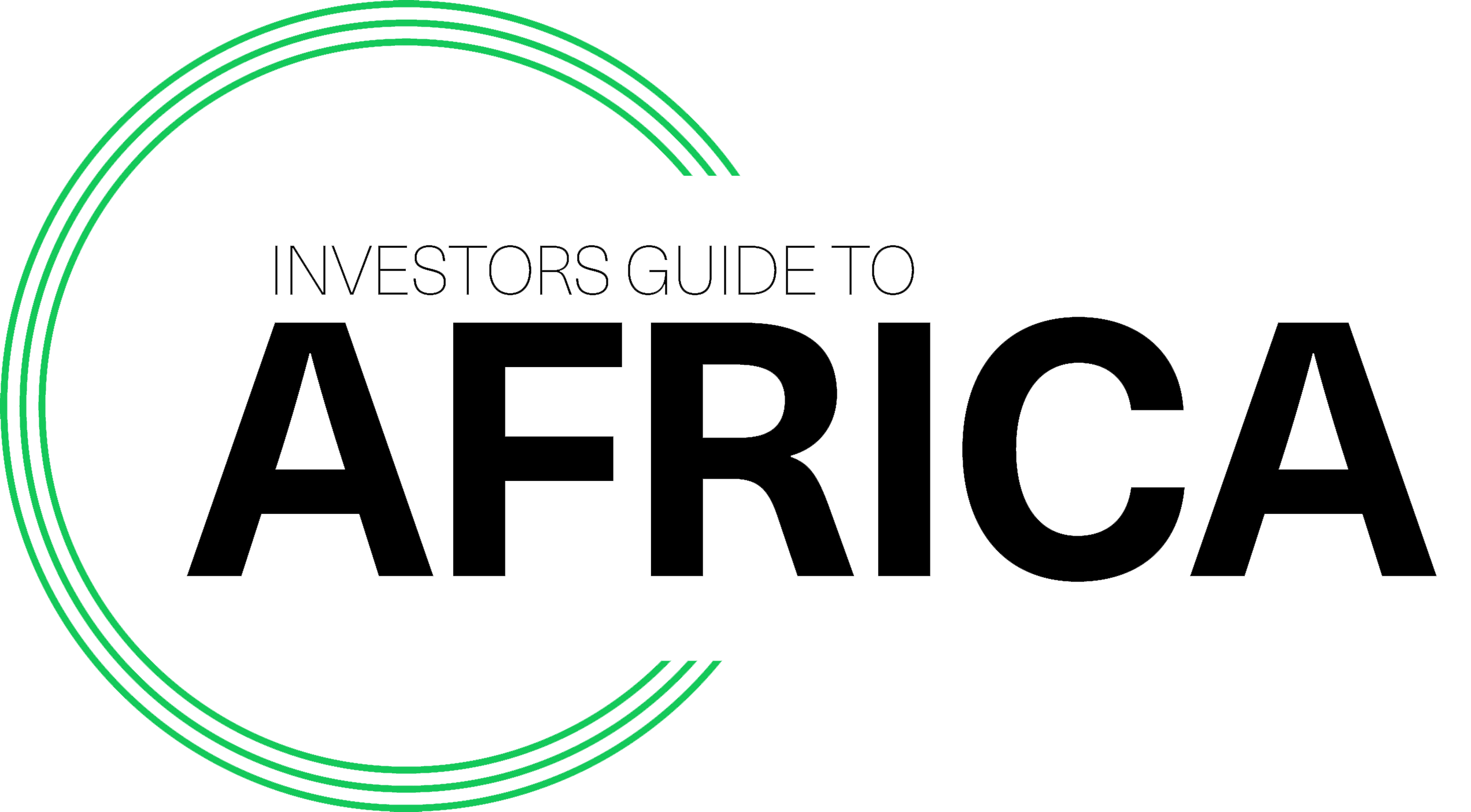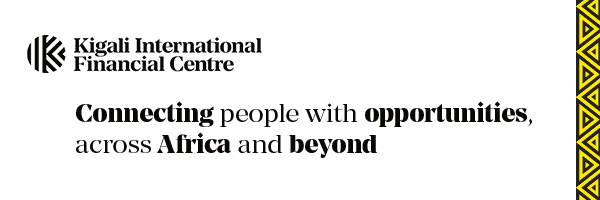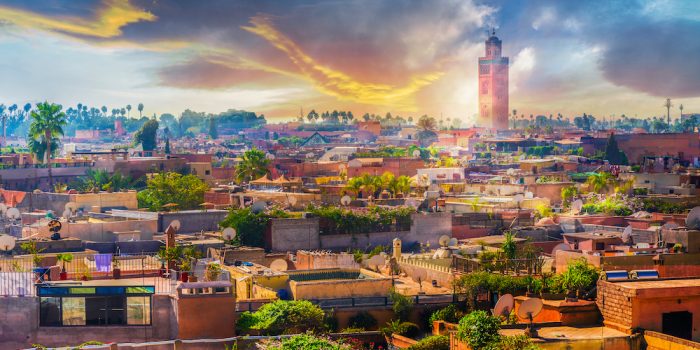Morocco’s Bold Bid to Transform Tourism in the Wake of a Devastating Earthquake
In the aftermath of its most powerful earthquake in over six decades, Morocco is calling upon visionary investors to breathe new life into its vibrant tourism sector. Opportunities abound, spanning from the development of pristine beachfront resorts to the creation of immersive theme parks.
With a resolute ambition to double annual investment in the tourism industry to a staggering $2 billion by 2026, Imad Barrakad, the trailblazing CEO of the Moroccan Agency for Tourism Development, shared his bold vision on the sidelines of the Future Hospitality Summit in Abu Dhabi. Presently, the nation draws in a commendable $1 billion in tourism investments annually, with 80 percent stemming from domestic investors and the remaining 20 percent from overseas.
To entice fresh capital, Morocco has raised the stakes, offering an enticing incentive of up to 30 percent cash-back on capital expenditure (capex) for prospective tourism projects. The ultimate goal? To beckon 17.5 million tourists by 2026 and a staggering 26 million by 2030—up significantly from 11 million visitors in the year preceding the global upheaval of COVID-19.
Mr. Barrakad, the visionary at the helm, paints a vivid picture of the future, one where Morocco aims to generate a robust 200,000 new jobs within the tourism sector by 2026. Simultaneously, they aspire to elevate foreign exchange earnings to an astonishing $12 billion, a remarkable 1.5-fold increase from 2019 levels. These ambitious initiatives are part of Morocco’s new 2023-2026 strategic roadmap, designed to reinvigorate the nation’s travel and tourism industry and elevate its contribution to the Gross Domestic Product (GDP) from 7 percent to an impressive 10 percent.

As Mr. Barrakad expounds, “Morocco possesses boundless tourism potential, with untapped opportunities in desert expanses, along picturesque coastlines, and within pristine national parks.” Yet, he underscores the need to diversify investments away from big cities and UNESCO-listed monuments, focusing instead on untapped coastal territories.
Furthermore, Morocco aims to enrich its leisure offerings, luring globetrotters from every corner of the world. They also intend to expand their current portfolio of 300,000 hotel beds to cater to the growing influx of tourists. Mr. Barrakad passionately emphasizes, “Investors in Morocco will discover competitive infrastructure, enticing profitability, and boundless opportunity. Our ultimate competitive advantage, however, is our legendary hospitality—an Arab and Islamic tradition extended to all who journey to our nation.”
Amidst this transformative journey, Morocco finds itself grappling with the aftermath of a 6.8-magnitude earthquake that struck 70 kilometres southwest of Marrakesh on September 8. The epicentre, nestled in the Atlas Mountains—an area teeming with remote villages inaccessible by road—endured the most catastrophic damage.
Nevertheless, the resilient spirit of Morocco shines through as they embark on a $11.7 billion post-earthquake reconstruction program over the next five years. While the tremors disrupted plans and led to postponed reservations in Marrakesh, tourists continue to flock to Morocco.
Mr. Barrakad’s message to the world is clear: Morocco is not only courting Gulf investors, but also reaching out to partners in Asia and Africa. The overarching message is one of stability—a country strategically positioned at the crossroads of the world, poised to offer unparalleled opportunities for investors with a bold vision.
Marrakesh, despite the challenges, remains steadfast in its commitment to host the International Monetary Fund and World Bank’s annual meetings on October 9—an extraordinary moment that promises to make the Arab world proud.
In the face of adversity, Morocco’s resolve to redefine its tourism landscape is nothing short of remarkable. Investors, adventurers, and the world at large are invited to partake in this grand odyssey towards a brighter, more vibrant future.


